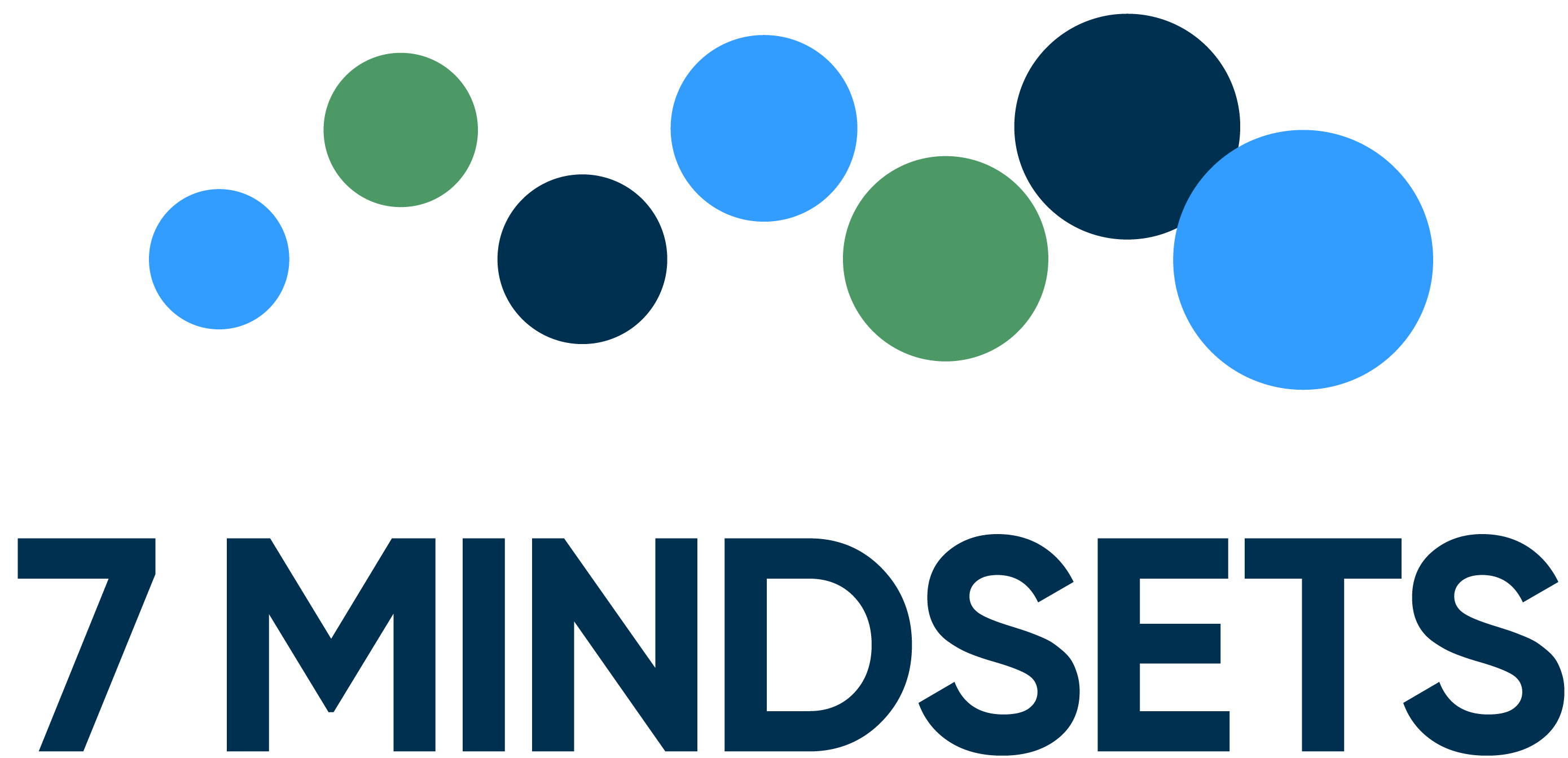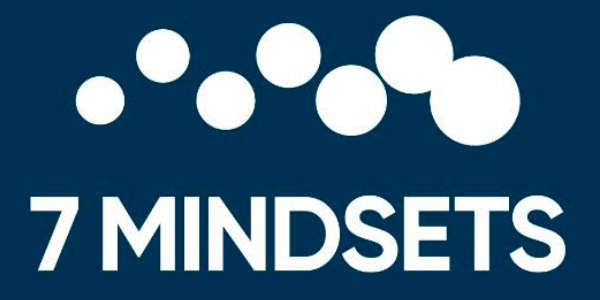Let’s chat about 3 key considerations when implementing a PBIS solution. We’ll start with habits. Habits do not exist in a vacuum. This is true for good habits (like brushing your teeth every morning) as well as bad habits (like eating an entire bag of chips in front of the TV). In fact, habits come from a predictable sequence of events, also known as a behavior chain. The events in this chain are trigger, thought, action, consequence. When it comes to successfully implementing PBIS strategies in your school, it helps to look at each point in the behavior chain.
The Trigger
The trigger is the thing that sets the behavior chain in action. It might be something environmental (like hearing a song that makes a person feel like using or sitting in your favorite chair and reaching for the soft blanket you always cuddle up in there). It might be social (getting together with an old friend with whom you used to party every weekend or meeting up with someone from the track team and going for a run). It might be emotional (getting into a fight with a significant other that pushes you to smoke or having a bad day at work and reaching for that pint of your favorite Ben and Jerry’s).
When it comes to kids and their behaviors in school and out, triggers are important. By looking at what sets a child on the path to bad choices, you can identify factors in their environment, in their social interactions, or in their emotions that might be the start of all the trouble. For example, we all know bullying can lead to poor behavior choices. That’s a social trigger. Test anxiety can also lead to poor behavior choices. That’s an emotional trigger. Going to a place where bad behaviors have occurred in the past (think a certain bathroom on your campus where kids get in trouble) can lead to bad decisions. That’s an environmental trigger. When you can identify the triggers that may be starting a negative behavior chain in your students, you can take steps to remove those triggers or change them enough that they no longer set off that familiar sequence of events.
The Thought
You encounter your trigger. You have a thought. That is, something goes through your mind. You meet up with that old friend and drinking buddy and think, “I should have a beer.” Your anxiety is high because you almost hit a deer on your way home from the store. “That ice cream would taste really good right about now.” You go drive along a route you used to run and think, “I really need to get back in shape.”
The trigger starts the behavior chain, but having something around you doesn’t make a difference until the thoughts go through your head. Sometimes the thoughts are good. Sometimes they are not so good.
Your students have thoughts going through their heads too whenever they encounter a trigger, though if you asked them, they might not even be aware they are having these thoughts. One key outcome of SEL is raising self-awareness. When you can help kids realize that those thoughts are going through their heads, you can help them break the automatic cycle that can lead to negative behavior. Raising self-awareness isn’t always easy, especially in younger children. But by talking about emotions and giving students strategies for dealing with those emotions like self-regulation skills, you start the process of stopping poor behavior chains at the thought step.
The Action
This is the most visible step in the behavior chain. It is the one where you take control, where you do something. And the more ingrained a behavior chain is, the less you think about what you are actually doing – you eat the ice cream, you go for a run, you order the drink.
When it comes to students, their actions are the things that either get them rewarded or reported. It’s when they take the swing, hit a JUUL in school, or cut class.
We can help student at this step in the process by teaching them other alternatives for their behavior – giving them refusal skills, coping strategies, or techniques for stress reduction. Even if the trigger and thought remain the same, if they can choose a better action, they will be making positive steps toward a better future and the negative behavior chain will be broken.
Every Step Matters
When you’re trying to break your own habits, or those of the teens in your life, you can achieve success by changing any point in the behavior chain. To successfully implement PBIS strategies, it’s important to look at each step in the behavior chain because changes at any point in the process can make a difference. When we get mired at one point – the environment, the thought, or the action – we miss out on an opportunity to help students become even more successful.
Let’s look at a specific example:
Tom is a ninth grader who has been reported for bringing a knife to school. It turns out Tom is being bullied by some of the tenth graders at the bus stop after school. He does not feel safe in his environment, and so he has taken to carrying a knife to protect himself.
Change the trigger – Change the environment. There are lots of ways to change Tom’s environment so he will feel safer at school. Assign an adult(s) to the bus stop after school. Bullying is less likely to happen when an adult is around. Give Tom a different place to wait for his bus. Help Tom find a different way to get home from school. Talk to the students who are bullying Tom and put strategies in place to get them to stop bullying. Eliminate the trigger and the negative behavior chain is gone as well.
Change the thought – Give Tom the skills he needs to change his thoughts. Have him learn more about bullying, why it happens and what roles people play. (BASE’s course on Bullying and Cyberbullying is a great resource for Tom.) Help Tom increases his self-esteem so what the other boys say and do doesn’t impact him as much. Connect him with an adult who can provide counseling and help him understand what is going on in a different way and thus change what he thinks when he encounters the same trigger.
Change the action – Help Tom replace his negative behaviors with positive ones. Teach him conflict management or communication skills. Help him understand different actions he can take when he finds himself in a bullying situation. Give him resources he can tap into for help in positive ways rather than bringing a weapon in school. Though the trigger and thought may remain the same, help him choose a better action and therefore break the negative behavior chain.
Changing any point in Tom’s behavior chain can make a difference – trigger, thought, or action. Making changes at every point is even better.
And while this is one specific example, the principle works for school wide PBIS strategies as well. You can examine the environments that set students on negative behavior chains. You can learn more about how your students think and then give them the SEL they need to change their thought patterns. You can help students raise their self-awareness so that when they have a familiar thought that leads to negative behaviors, they can make a better choice. And help them figure out what those other options might be.
Take some time to look at your PBIS strategies. Are you addressing each point in the behavior chain? Or are you limiting yourself? If the latter, what strategies can you put in place to address those points in the behavior chain you’re missing? Make a difference in your students’ environments, thoughts, and actions and you will be making a difference in their lives and your entire school as well. And all for the good.
If you’d like some help implementing PBIS you can reach out to us and we’re happy to assist!



